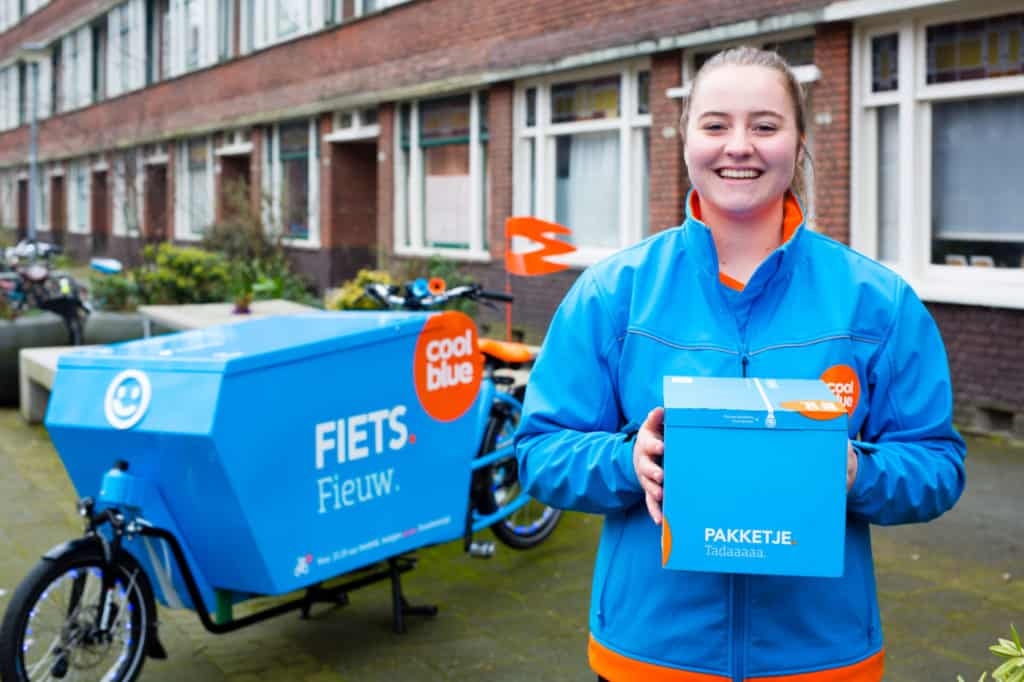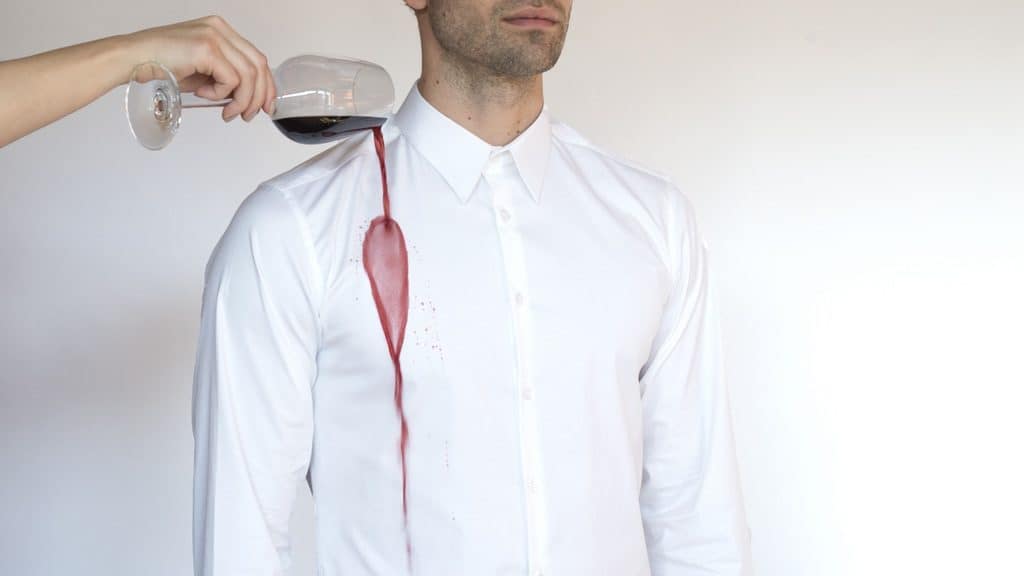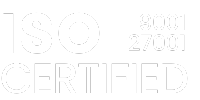What is Ecodesign?
Ecodesign means designing products or services as environmentally friendly as possible. It considers the entire life cycle – so not only manufacture but also the use phase and end-of-life.
The term ecological design arose in the early 1970s. However, since 2005, the term Ecodesign often refers to the European Ecodesign Directive. Related design approaches include circular- and sustainable- design.
In this article, we will explain the fundamentals of Ecodesign, the current state of legislation, and how Ecodesign is put into practice.
[cta cta_id=”3187″]
Ecodesign is measurable
Sustainability is commonly conceptualized as resting on three pillars: people, planet, and profit. Ecodesign focuses on the planet aspect, minimizing products’ environmental impacts.
Ecodeisign has two siblings: Circular design and sustainable design. The circular design concept emphasizes “no-raw-material-extractions, no-waste” measures, aiming to keep materials in the economic loop. Sustainable design encompasses both ecodesign and circular design and adds social considerations.
The environmental impacts of a product or service are measured with a Life Cycle Assessment (LCA), a methodology defined in ISO-14040. On the other hand, “sustainability” and “circularity” are harder to quantify than environmental impacts. Thus, among these three design approaches, ecodesign is the most strategic – what you can measure, you can compare and improve.
The quantifiability of Ecodesign can foster competitiveness: for example, in the reputable German Ecodesign award (launched in 2013), LCA results are integrated into the design-evaluation process. In the Netherlands, public authorities favor construction projects with lower expected environmental impacts.
European Ecodesign regulation
In the EU, the importance of a full life cycle perspective has long been recognized. The European Ecodesign Directive (Directive 2009/125/EC) and its sister directive, the Energy Labelling Regulation, set standards for the performance of energy-intensive products. The energy labels you might know from your fridge and washing machine communicate products’ performance concerning the standards.
Upcoming acts* to the Ecodesign directive go beyond energy – adding, for example, durability and repairability criteria to a broader range of non-energy related products.
* Explore the EU’s long-term perspective on ecodesign regulation here. Teaser: The broadest possible coverage of products, a digital product passport, and consumers’ right to repair.
As of December 2023, the Ecodesign Directive covers 29 product groups. The latest addition was the act on mobile phones and tablets in June 2023, demanding product durability and repairability.
The USA, Australia, Brazil, China, and Japan have legislation similar to the EU’s Ecodesign Directive.
No green claims without proof
To protect consumers from misleading green claims, aka greenwashing, the EU is developing a new law that will ban sustainability claims that are not based on transparent proof by the end of 2026.
While what constitutes proof still needs to be defined, LCA provides a strong, transparent basis for environmental claims. LCA also forms the basis of Environmental Product Declarations (EPDs), which are one of the three types of environmental labeling mechanisms recognized by the International Standards Organization (ISO). In our guide, you can learn more about how these ISO norms work.
Ecodesign in practice: examples for each life cycle phase
So, what does Ecodesign look like in practice? Well, that depends on the life-cycle phase!
As shown in Figure 1, the entire life cycle of a product (cradle to grave) consists of five phases: raw material extraction, production, transport, use-phase, and waste processing.
Here are five examples of Ecodesign – one example per product life cycle phase!

Figure 1: The five product life cycle phases, and corresponding life cycle models.
1. Raw Material Phase: Bamboo toothbrushes
The main goal of Ecodesign in the raw material phase is to use less or lower-impact materials to reduce the impact of our products.

Bamboo toothbrushes are a well-known example. Instead of plastic, which needs to be properly recycled and often ends up in landfills, bamboo toothbrushes can simply be composted. Bamboo is also a fast-growing, renewable commodity, unlike plastics.
According to an LCA study, bamboo’s minimized material impacts lead to lower environmental impacts compared to a plastic toothbrush across most impact categories.
2. Processing Phase: Recycling of granules
Waste and loss occur frequently during the processing of raw materials into products. In addition, energy and water are used in the manufacturing process.

Lightweight Containers, a manufacturer of beer kegs, reuses the waste created in the processing phase as a raw material in producing their products.
Their products contain 50% recycled material and are 86% recyclable. This results in products with significantly reduced environmental footprints.
3. Transportation Phase: E-Bikes instead of fossil-fueled cars
The transportation phase often plays a minor role in the overall impact of a product. However, changes in this process can contribute to an improved product footprint.

Source: Coolblue
The Dutch electronics store Coolblue delivers its products with colorful e-bikes instead of conventional, fossil-fueled shipping. This saved up to 366.000 kg CO2-equivalent in 2022 in the transportation phase.
4. Use Phase: Reducing washing of shirts
How do consumers use products? In fashion, most of a product’s impact occurs in the use phase. Apparel items get washed, ironed, and dried. But even here, Ecodesign principles can help reduce a product’s impact.

Source: Kickstarter / LABFRESH
Amsterdam-based startup LABFRESH sells men’s shirts that are stain-repellent and antibacterial. This way, the shirts are washed far less and can be worn for a week straight. This reduces the water and energy used for washing the shirts and significantly increases the lifespan of their products.
LABFRESH determined that wearing their T-shirts daily instead of regular ones saves 334 liters of water and 7.8 kWh per year
5. Waste Phase: Making reusing and recycling easy
Whether it’s a fast-moving consumer good (FMCG) or a product with a longer life cycle – products are eventually disposed of. Designing a product’s eventual decay is a core task of Ecodesign.

MudJeans, a Dutch fashion company, has established many measures to make their products more circular. To reduce waste, they launched a leasing program for their jeans.
By using recyclable materials such as pure cotton and stainless steel, MudJeans recycles its products at the end of their life cycles. This saved 18,363 jeans from landfills and incineration in 2022. Producing new products from recycled fabrics closes the material loop, adhering to the cradle-to-cradle life cycle model (Image 1).
How do you know your design is sustainable?
Basing design choices on popular conceptions of sustainability, such as “glass is better than plastic”, does not provide you with the proof that will soon be required for green claims. And, more importantly, such conceptions are often wrong! Our case study, for example, showed that using plastic packaging is more climate-friendly than glass.
The most sustainable design choices are revealed by environmental data – obtained through an LCA. For example, by creating LCAs of alternative scenarios of bamboo and plastic toothbrushes, you can compare the environmental impacts in several impact categories across the entire life cycle.
Such comprehensive LCA results prevent us from falling into “carbon tunnel vision”. While you may prioritize climate protection, you don’t want to unknowingly increase, for example, toxic effects on the environment or human health with your design measures.
How can you start with Ecodesign?
Simply put, Ecodesign starts with measuring the impacts of your product. That’s where LCA comes in. LCA software like Ecochain Mobius helps you measure your product’s footprint, and compare different design choices with easy-to-make LCAs. Design more sustainable products with actionable insights in a click.

